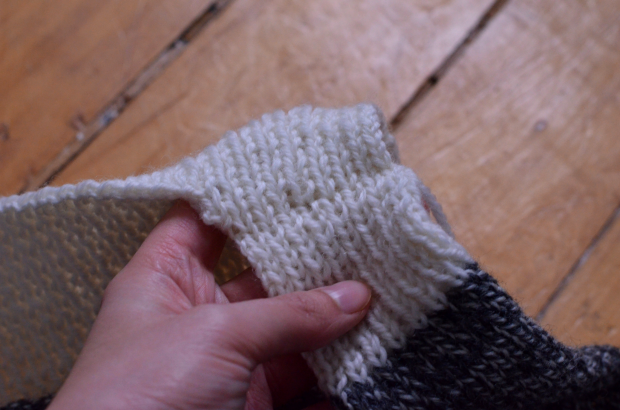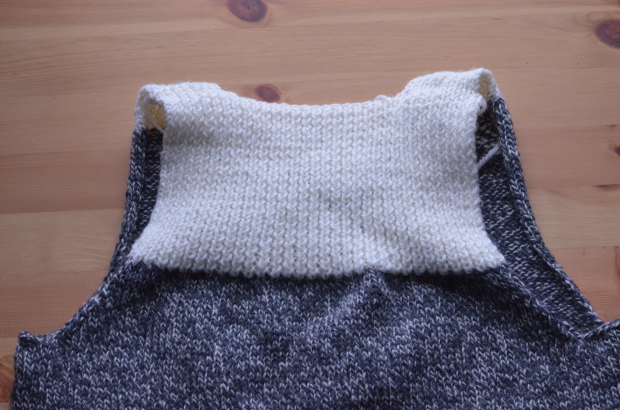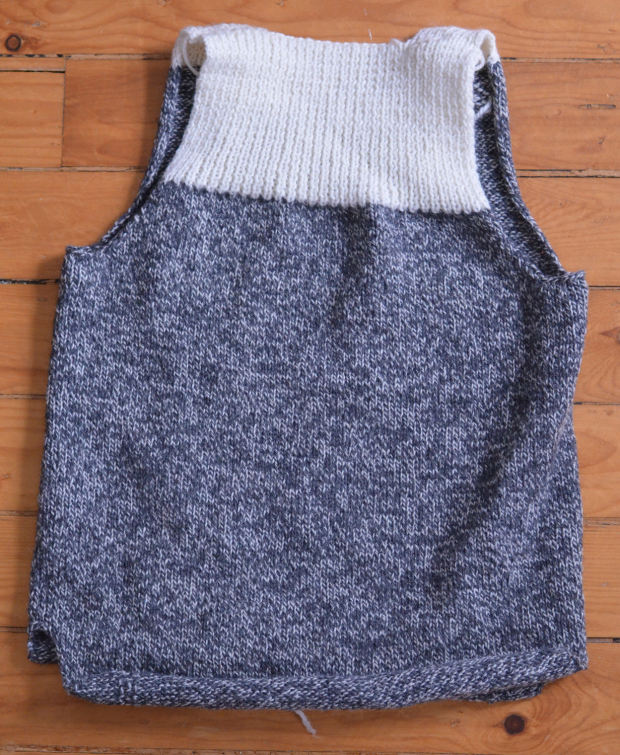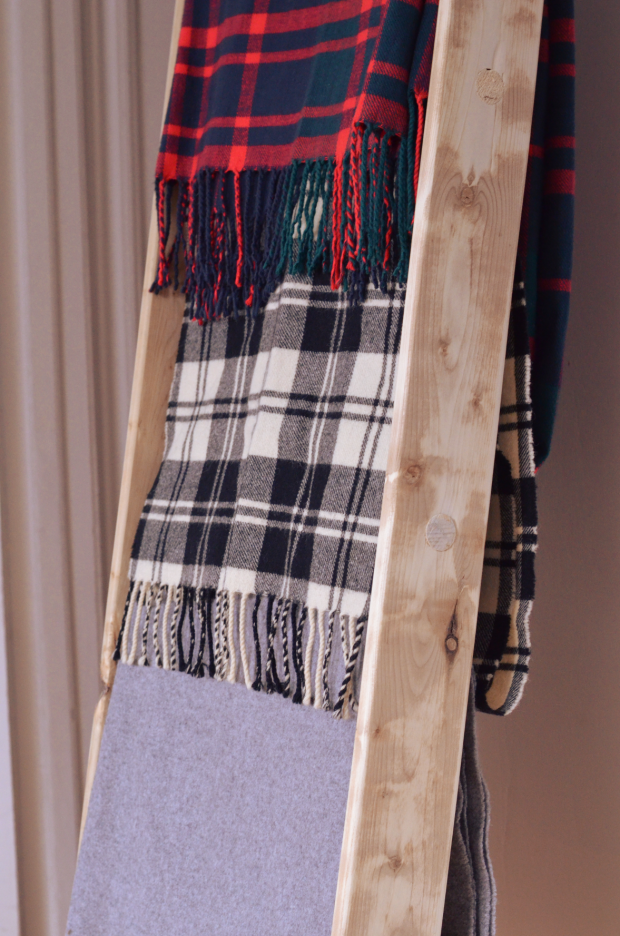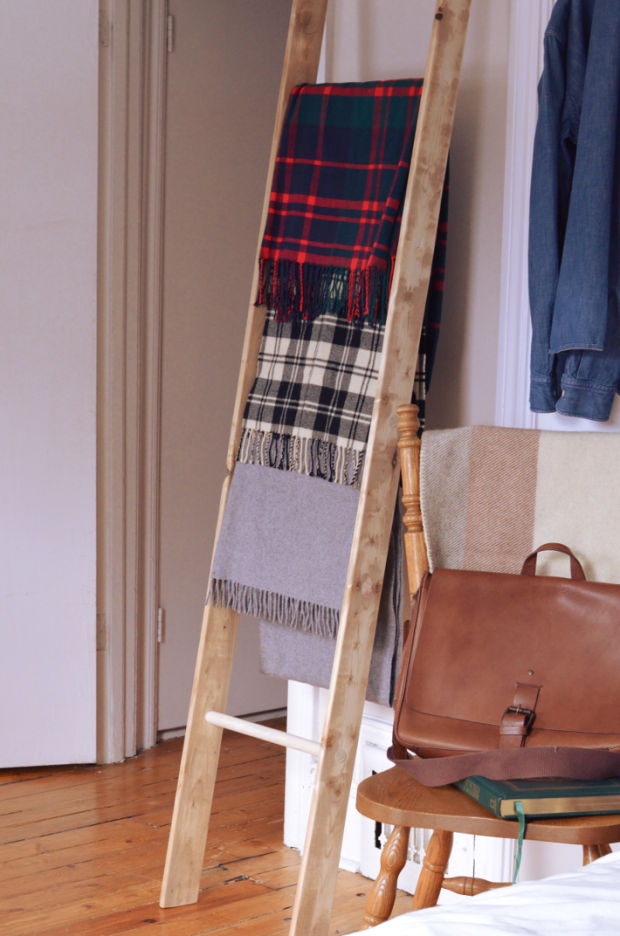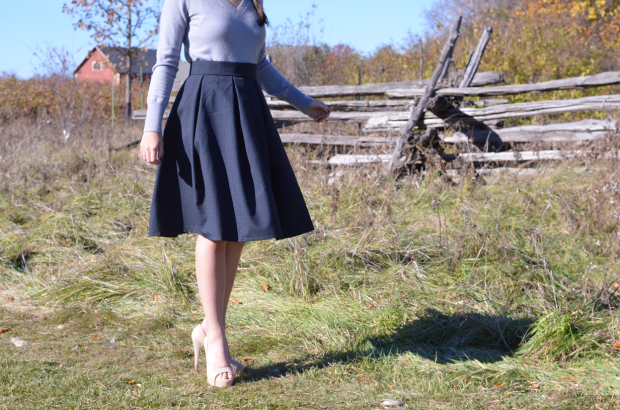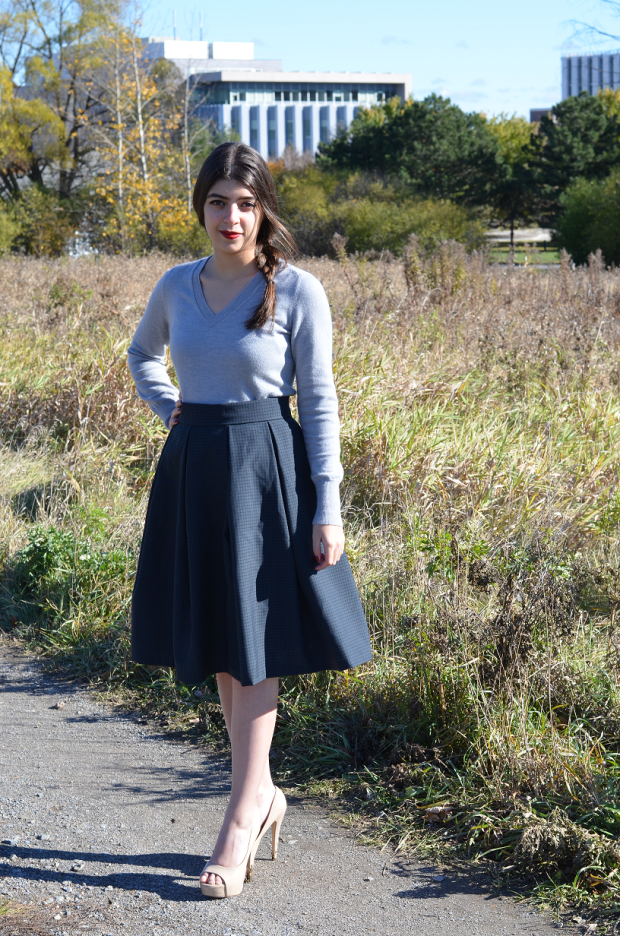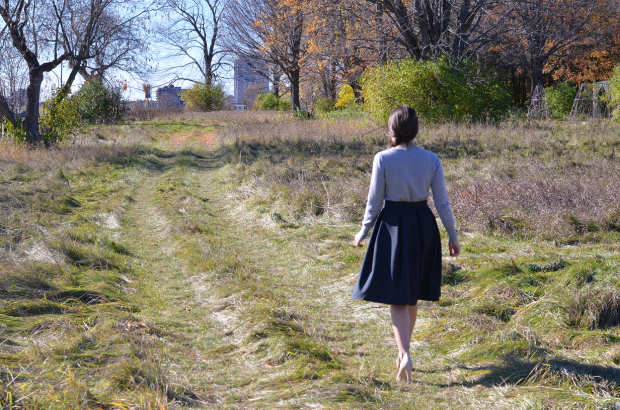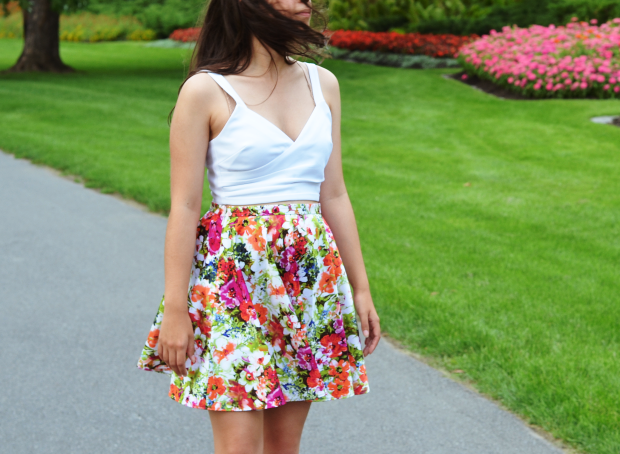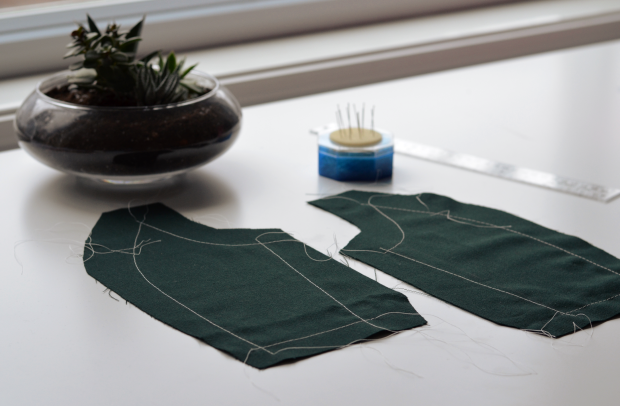
Phew. I’m back with the next installment of the couture dress! I know it’s been a while, but I’ve only been managing around 30 minutes of sewing time about 3 days a week! I think I’ve done pretty well within those time constraints, if I do say so myself! I divided this post into two parts, Lesson 2 and Lesson 3 of the course. Lesson 1 was the introduction, so there wasn’t any work to be done there!
Lesson 2 – Muslin 1: Pin and Cut
Sounds easy enough right? Well, not quite… I had to straighten the grain and I’d only ever straightened the grain of fabric which I could tear or pull a thread out! With this fabric, the thread would break about 1 or 2 inches in. Eventually I figured out that I could cut along the line left by the thread, pull another thread, cut along the line left by that thread, and so on. Afterwards I pinned the selvages together using a lot of pins! One thing I didn’t do is clip int the selvages, I forgot to do that but they didn’t look like they were pulling too tight!
Afterwards I traced 5/8 of an inch from the cutting line on each pattern piece. This took FOREVER! I decided to use this time to listen to Spanish language documentaries to hopefully improve my Spanish skills (I’m not sure this worked)… And finally I pinned the pieces to the fabric, measuring the grainlines from the selvages carefully for each piece and cut them out!
And unfortunately (or fortunately?) I actually learned a lot from lesson 2… I thought I should add a little “lessons learned” section so you can learn from my mistakes and as reference for myself. So here you are, here are the lessons learned from Lesson 2 of the Couture Dress class!
Lessons learned:
- Trace your pattern to actual tracing paper or swedish tracing paper: printer paper is too thick to pin accurately to the fabric
- Clip your selvages
- Measure your body carefully (waist, bust, hips, neck-to-waist, waist-to-hips, bicep circumference, shoulder-to-shoulder…) and compare to the pattern stitching lines: make any adjustments based on this
As you can maybe tell from #3, I made some adjustments to this dress even before finishing the muslin. I have wide shoulders. I’ve also been working out a lot more in the last few years. I used to fit (tightly) in the shoulders of commercial ready to wear clothes, but in the last few months I’ve noticed the correct bust/waist size is very, very small in the shoulders… To the point of bursting seams! I measured myself to be about 14 inches shoulder to shoulder (more accurately shoulder seam to shoulder seam), the pattern was only 13 inches, so I added 1/2 inch to each side (front and back) using this tutorial.
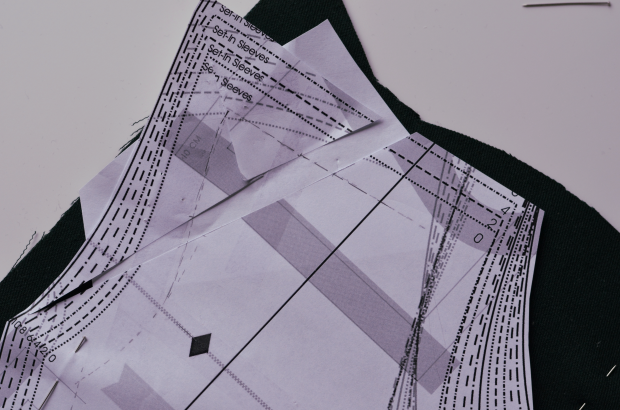
Lesson 3 – Muslin 2: Assembly
Alright I will confess right now: I deviated from the instructions. I used chalk paper instead of wax paper. I know, Susan Khalje specifically says not to use chalk paper. But I spent a long time reading up on wax paper online and most people seemed to say it was not worth using because it was seldom completely removable from fabric. I decided even though my primary goal is to make beautiful, elegant clothes for myself I still want these clothes to be easy to take care of. This means I won’t be using silk organza interlining (unless I’m making a wedding dress!), my wax marks would go directly on my fashion fabrics and could potentially show through at some point. I didn’t want to get used to using wax paper if I wasn’t going to be able to use it on most of my projects. Also it was expensive (bad Canadian dollar is not doing us any favors)!

I quickly learned that lesson learned #1 (trace your pattern to actual tracing paper) is important for another reason: printer paper is too thick to let you pick up enough carbon to see the marks accurately. I managed by pressing really (really) hard. Afterwards thread tracing was fairly simple, I just had to set the tension to sew correctly through only one layer of the fabric. And this is about as far as I have gotten so far. I haven’t actually gotten around to assembling the muslin pieces. There is a reason for that though…
You guessed it, I have another lesson learned: mark notches! I forgot to mark every. single. notch. on every single pattern piece! How am I going to put the sleeves in? I’m not sure, I guess I will have to try to pin the pieces back to the fabric and add the notches in. That’s my plan for the upcoming week, mark the notches and assemble the muslin. Next up is Lesson 4 – Muslin 3: Fitting and Lesson 5 – Muslin 4: Finishing.
Fingers crossed I won’t have to do very much fitting!
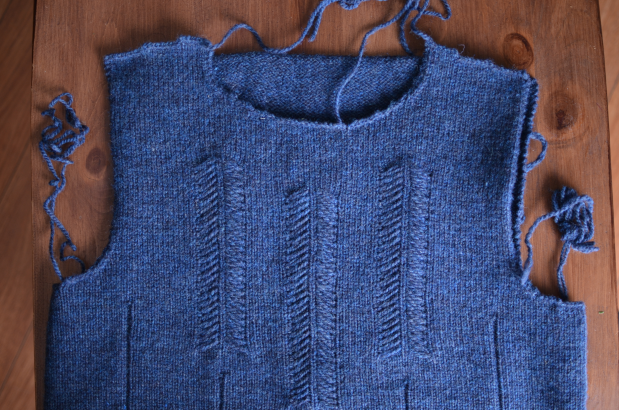






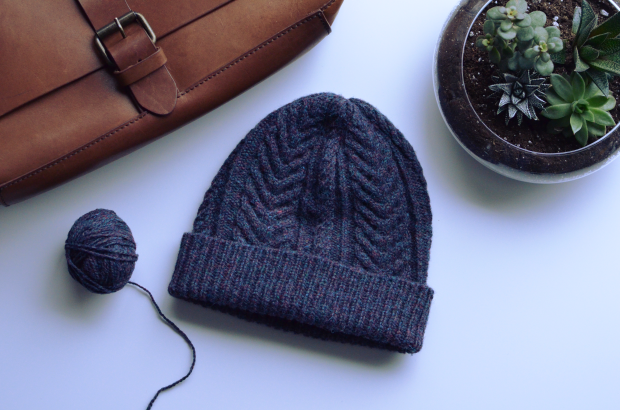
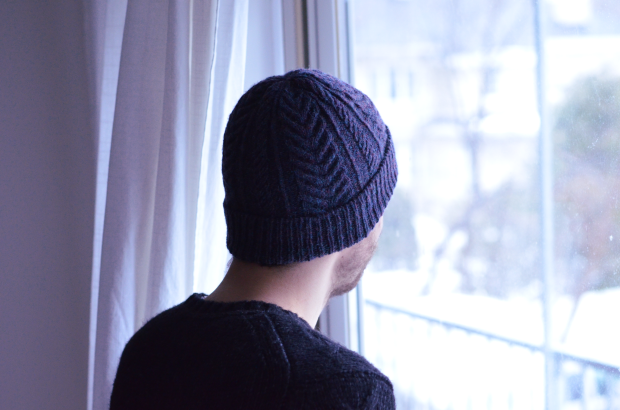

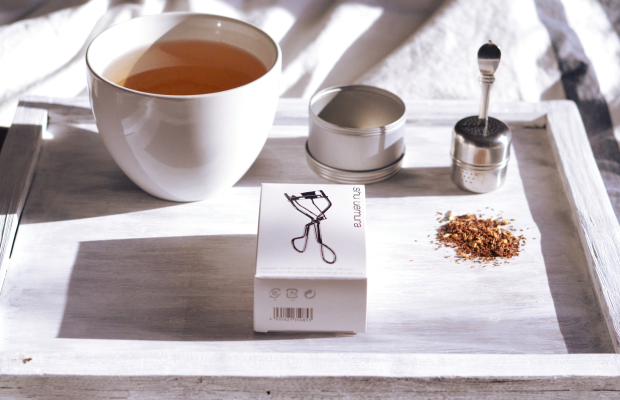
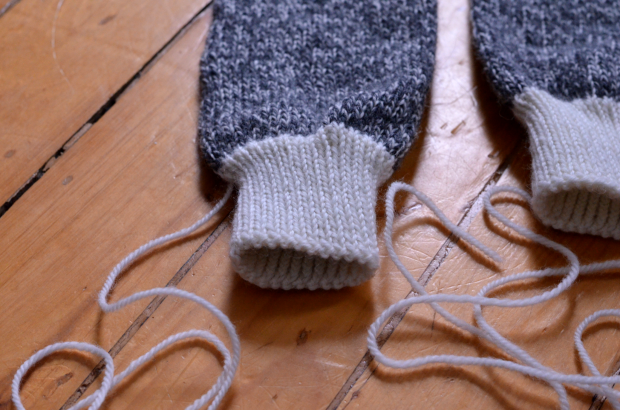 I discovered a few years ago that salt and pepper is the (un)official uniform of Canada. I don’t know how I never noticed it before, but after I did I saw it everywhere. And then one day (years later) it happened… I realized I really, really liked salt & pepper, and I needed it. [Taking a moment aside, I just realized I don’t even know if salt and pepper is a “colour” outside of Canada, I’m assuming that it is, but I’ve ever seen it referred to as marl on the internet.] Of course I could buy salt and pepper clothing, but it’s mostly found in the sweatshirts and sweatpants, and I wanted a little more sophistication. And I found it when the
I discovered a few years ago that salt and pepper is the (un)official uniform of Canada. I don’t know how I never noticed it before, but after I did I saw it everywhere. And then one day (years later) it happened… I realized I really, really liked salt & pepper, and I needed it. [Taking a moment aside, I just realized I don’t even know if salt and pepper is a “colour” outside of Canada, I’m assuming that it is, but I’ve ever seen it referred to as marl on the internet.] Of course I could buy salt and pepper clothing, but it’s mostly found in the sweatshirts and sweatpants, and I wanted a little more sophistication. And I found it when the 